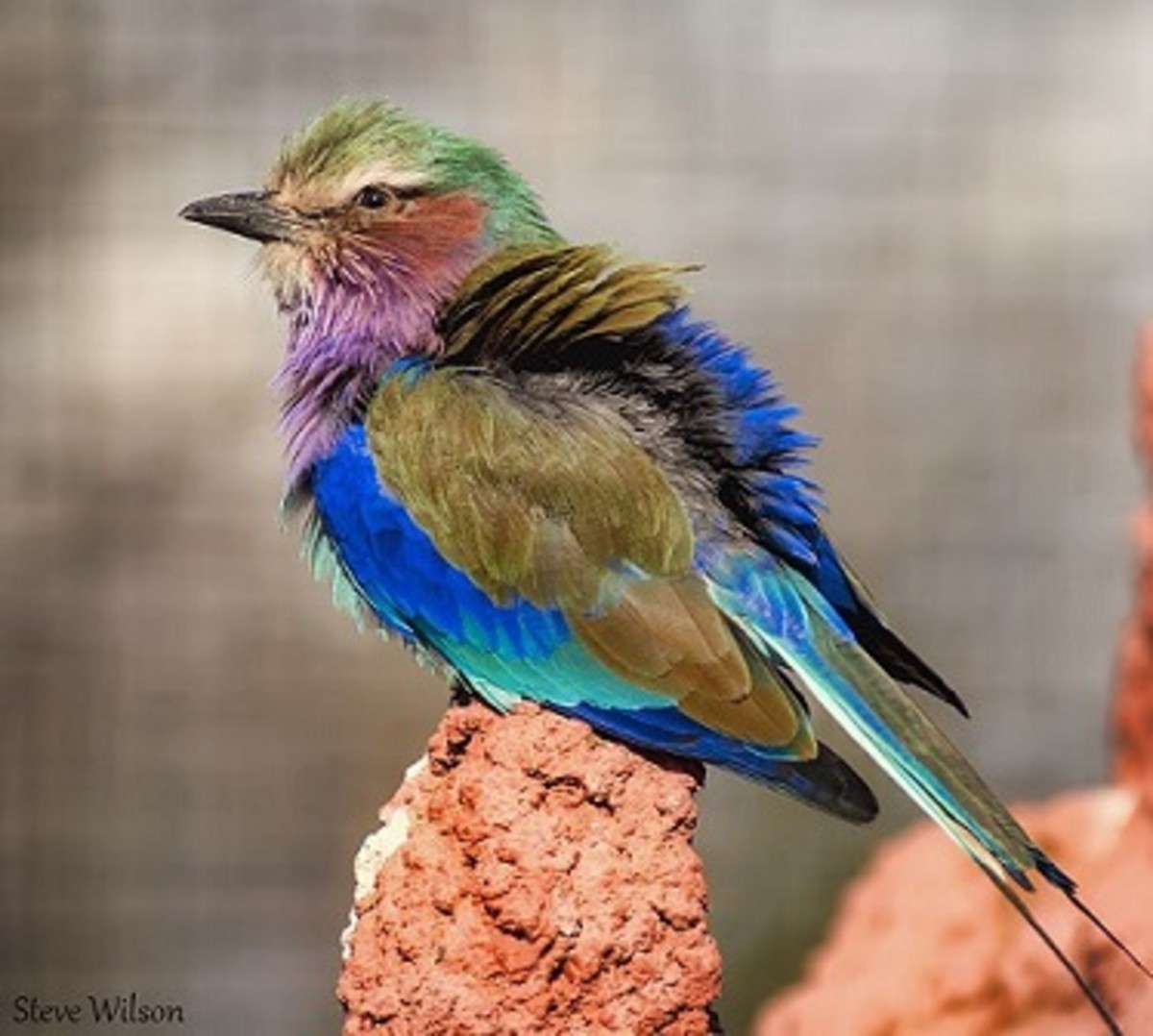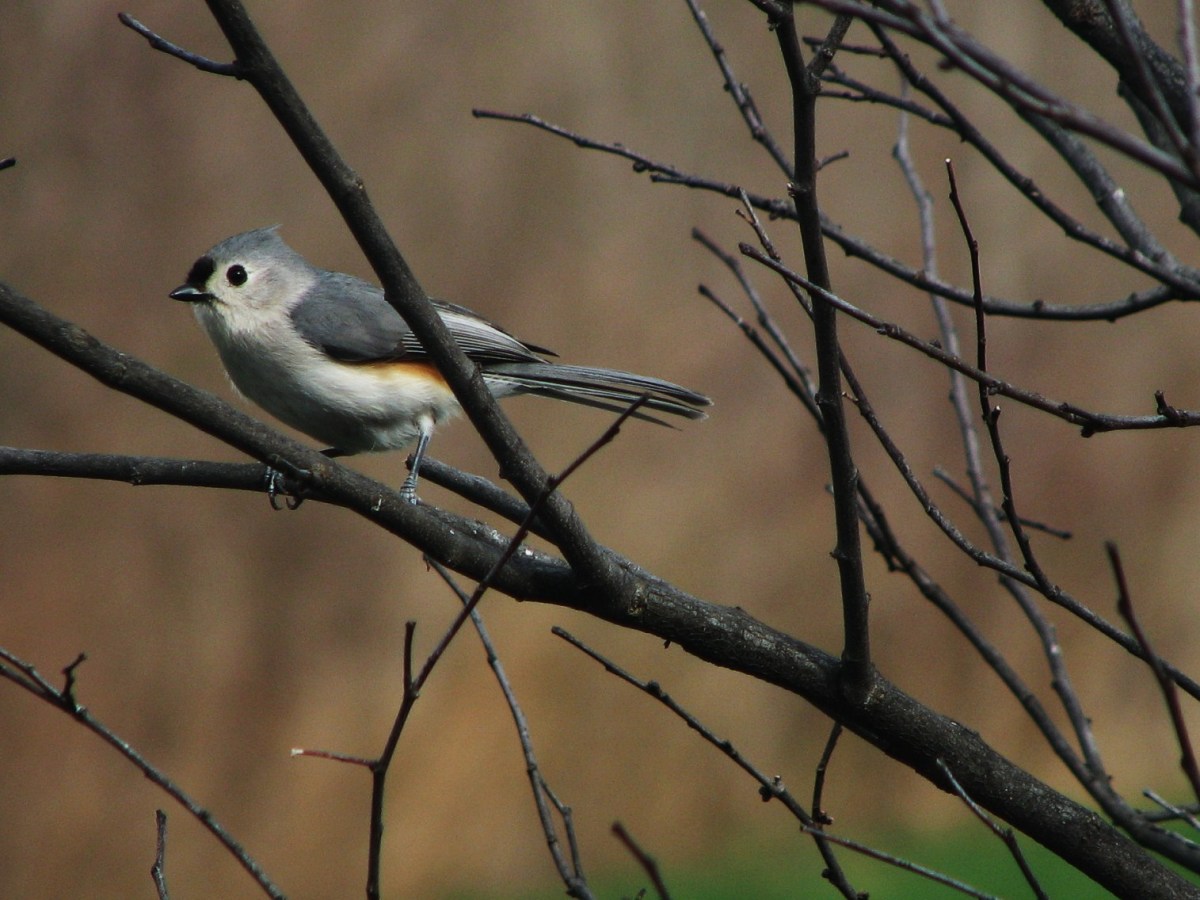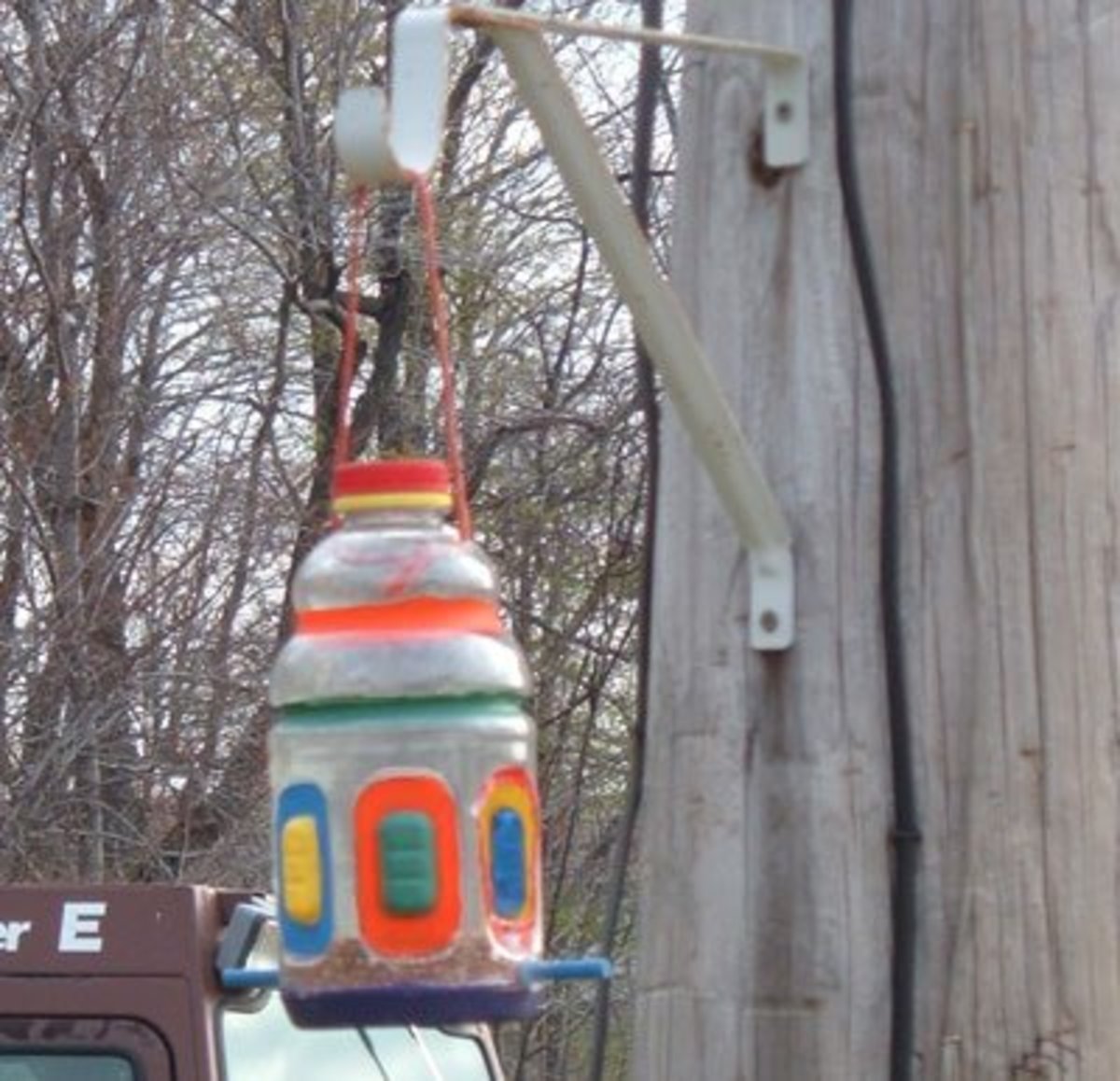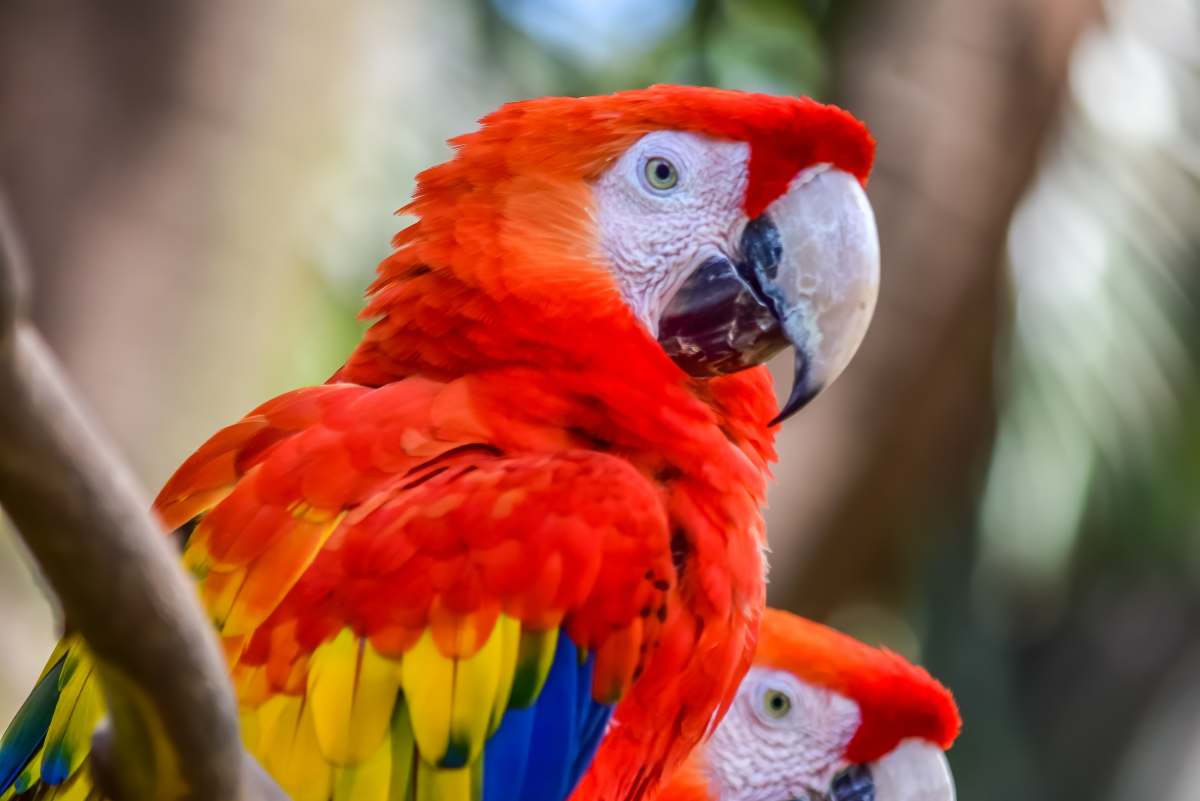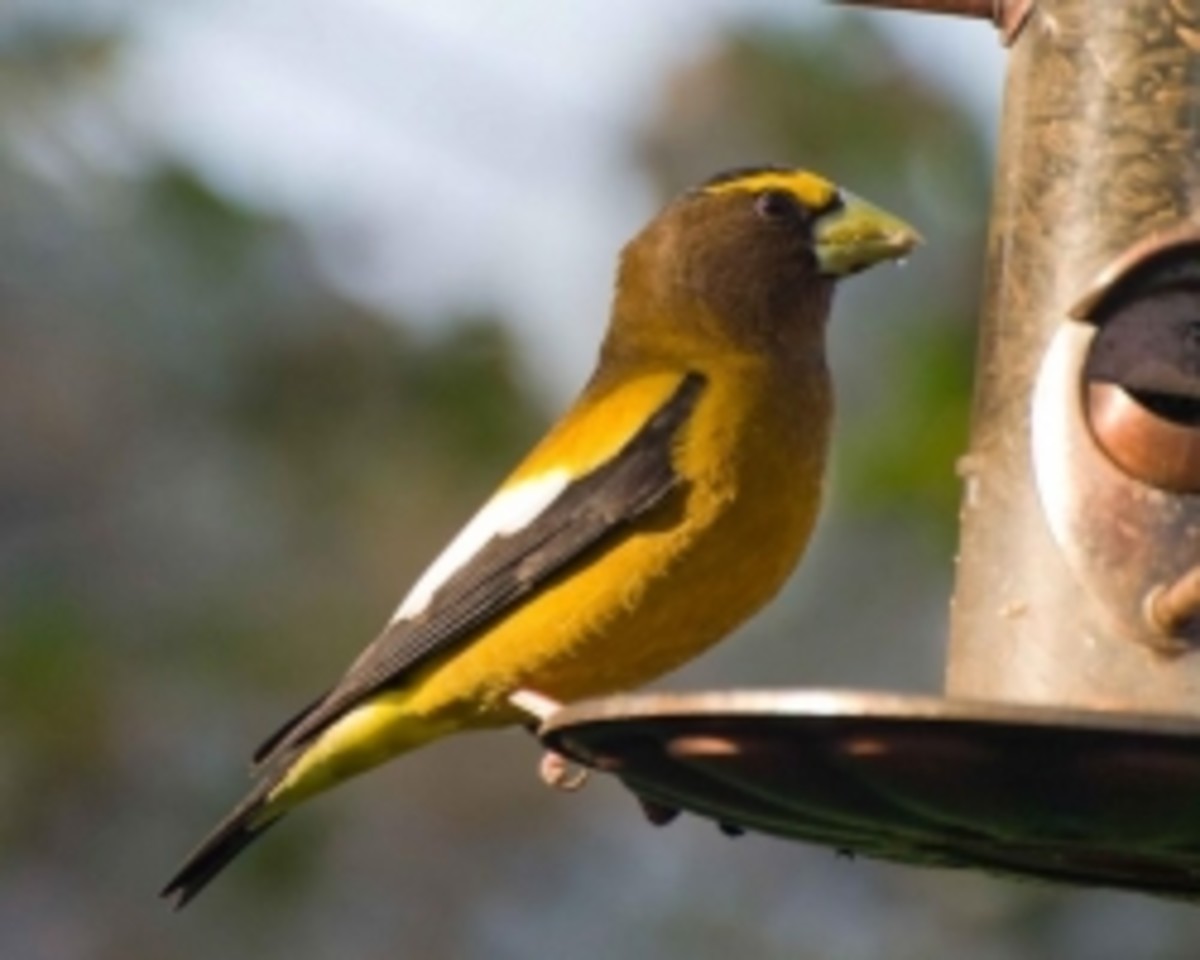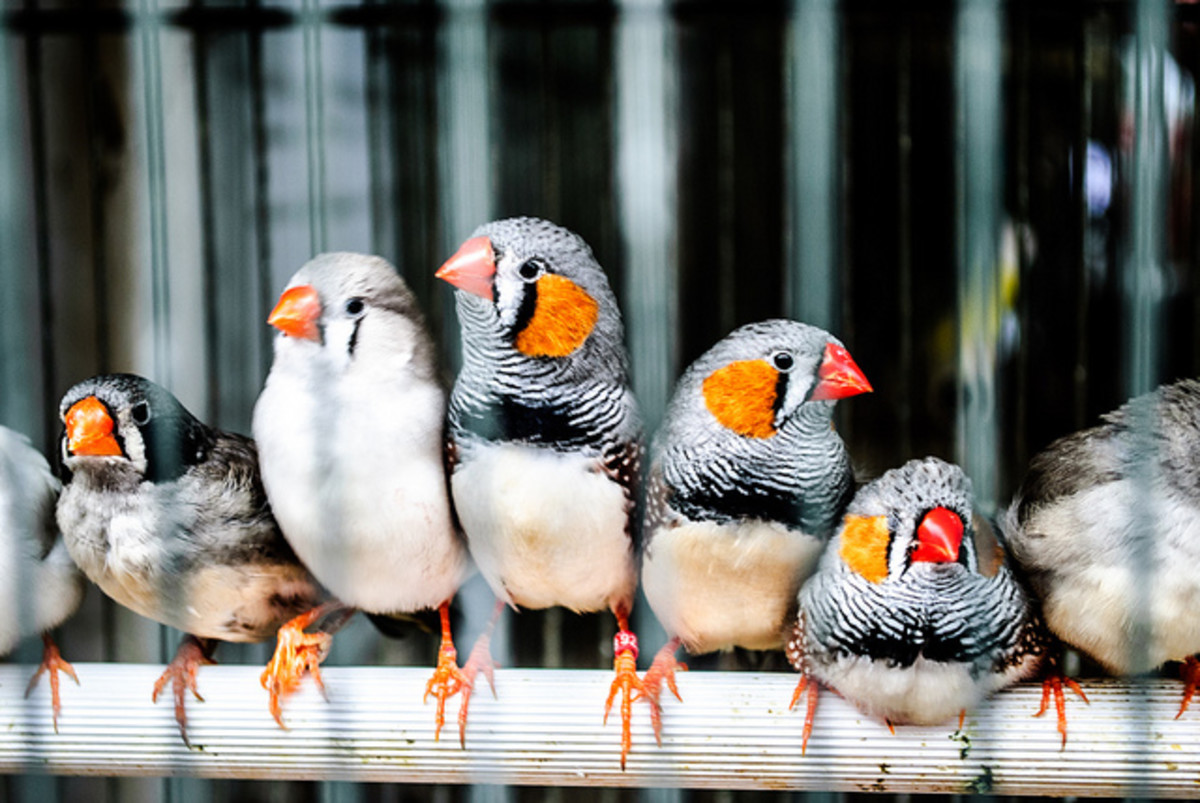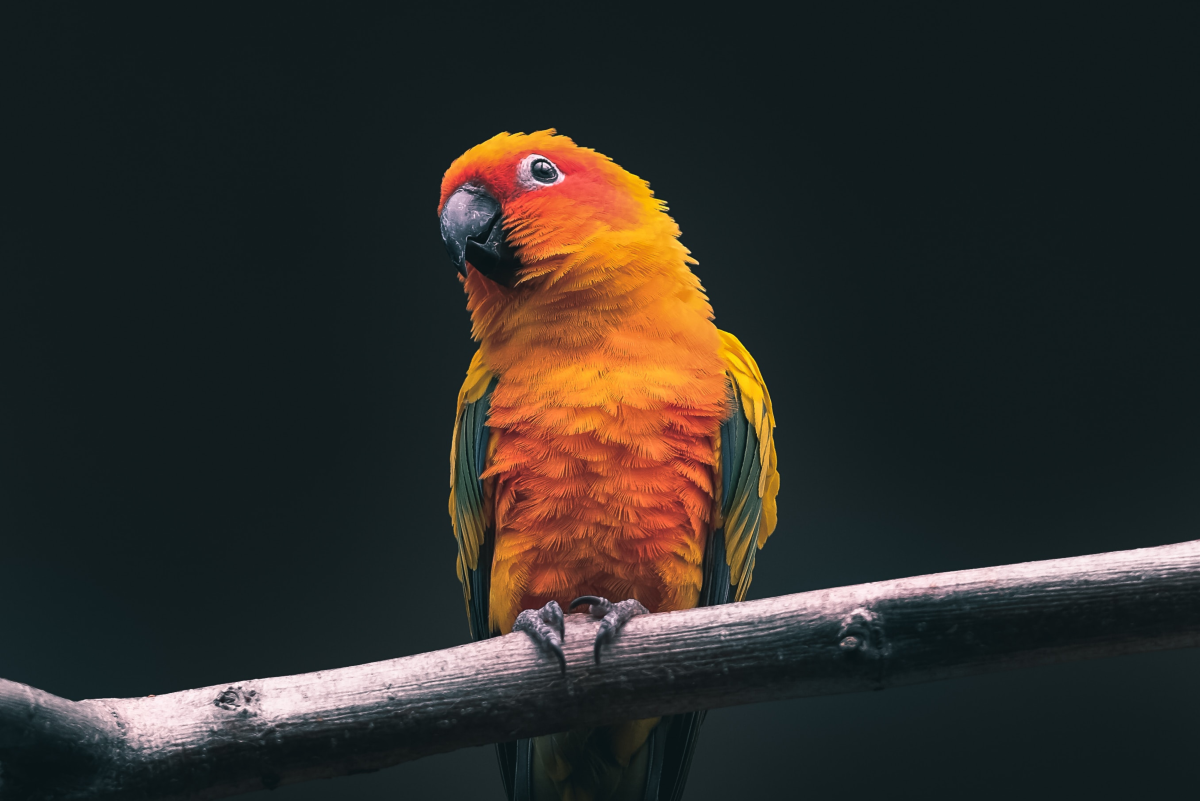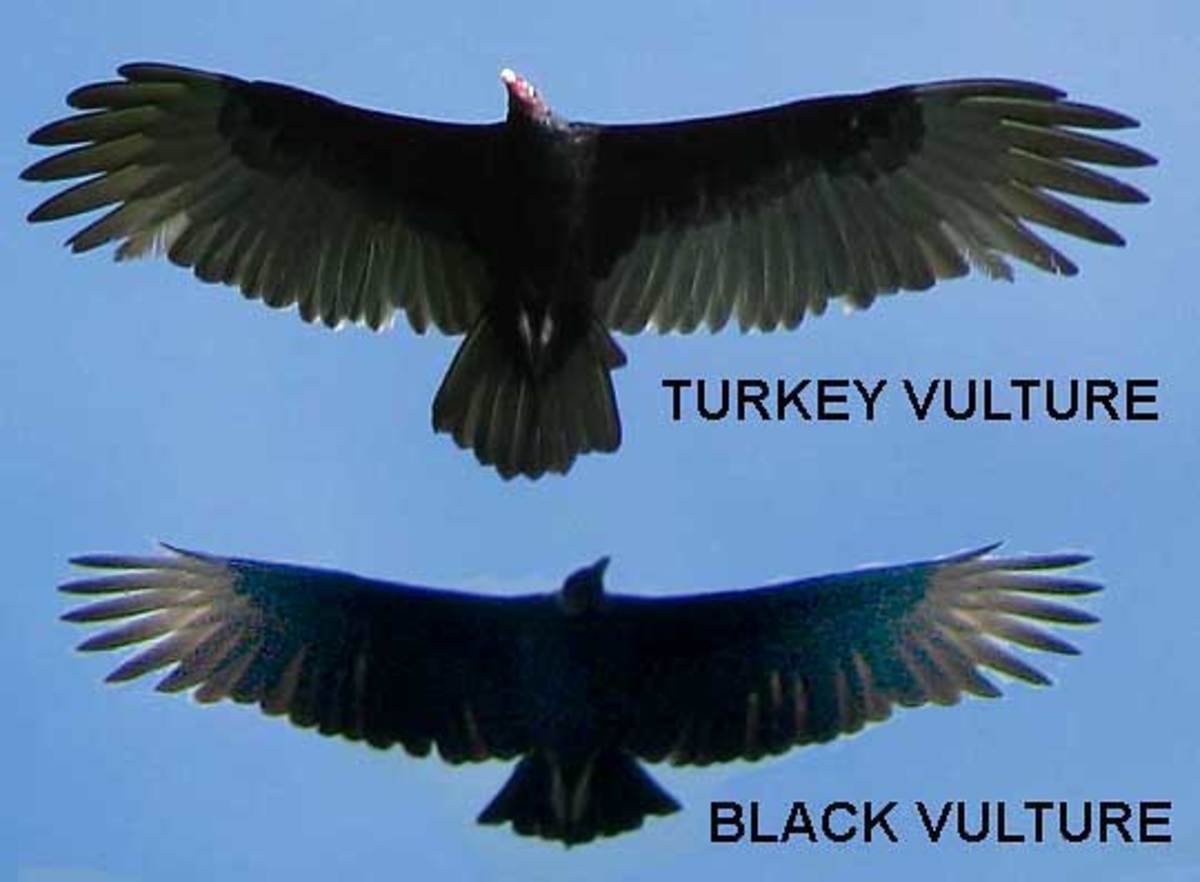Tropical Birds
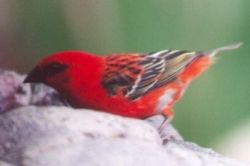
When You Can't Travel to a Far Place, Visit the Zoo!
Tropical birds are incredibly beautiful, often with exquisite bright colors, and have many interesting features. We are very fortunate to have a zoo in Tucson that maintains TWO tropical bird exhibits. One of them covers Central and South America, and the other one covers Africa, Asia, and everyplace else. The zoo is Reid Park Zoo, formerly known as Randolph Park Zoo. I don't know why they changed the name.
Over the years, I have visited these exhibits a few times, and as a result, I have been able to gather photos of many different tropical birds. Some of them are exhibited in so few zoos that they qualify for the flickr group "Rarely Seen in a Zoo".
Zoos do a wonderful job of providing opportunities to meet these birds, encourage interest in them, and encourage interest in preserving them. They also often will breed endangered species, and thus put them back on a sound footing, to be released into the wild. Some people think zoos are a terrible place for animals to live. Certainly, if their enclosures are not properly designed, this is true. But in the case of the two exhibits I visit, they are very natural settings, and quite large, so that birds really feel at home. Don't feel ashamed to get to know the birds in the zoo. Even though you can't add them to your life list, photographing them is still a challenge, and they are worth learning about.
The bird on the upper left is a Madagascar Red Fody (Foudia madagascariensis). This brilliant red bird is one of the brightest I know. I contributed this image, and some others, to the World Bird Gallery, and as a result, a woman contacted me. She was making a study guide for children in Madagascar and wanted to use my image. I happily granted permission.
The photos are all mine.
Roseate Spoonbill
Platalea ajaja
This is a bird of the Americas. It is one of the few tropical birds that has visited Arizona. We had a youngster here for a few weeks. Unfortunately, I didn't get to see him. Notice the pattern on his bill. It is quite amazing to watch them delicately preen their feathers with this very awkward-looking bill. They like plant stuff they can scoop out of the water, so this bill works very well for that.
The last time I visited this exhibit, a female was sitting on a nest. I hope I get to see the babies while they are still small.
American Flamingos
Phoenicopterus ruber
The American Flamingo is a familiar sight in many zoos. These birds will also spend time in places like Florida.
This is one of my earliest bird photographs. I used a 600mm mirror lens. This lens has poor depth of field, and causes bright spots in the background to look like little donuts. Still, this is one of my favorite photos. These birds live outside by a pond in the zoo, and the pond is open to the sky, so they could leave if they wanted to. I guess they don't want to.
How red a flamingo is depends largely on its diet. The more food it eats with carotene in it, the redder its feathers will be.
Another time, same place:
Scarlet Ibis
Eudocimus ruber
Tropical South America. While the Scarlet Ibis doesn't voluntarily visit the United States, other ibises do. I will show a couple of these in a minute.
The last few times I visited this exhibit, I saw a Scarlet Ibis that had not fully developed its distinctive color. Hopefully by now, it will have done so.
Scarlet Ibises are very social birds, and can form flocks of hundreds or thousands. They eat primarily insects, crustaceans, shrimp, and other small animals that they can get by sticking their beak into the mud in the wetlands where they like to stay. They are wading birds. The color comes from the carotene in their diets.
Puna Ibis
Plegadis ridgwayi
This beautifully colored bird is at least endangered. Only a handful of zoos have one on exhibit. This photo was taken several years ago, and when I went back recently hoping to get a photo without the "cage" in the background, they no longer had one. I think the colors are exquisite, and I hope that this bird will be saved.
This is a South American bird.
White-faced Ibis
Plegadis chihi
For comparison, this is our local ibis, commonly found. It winters in Mexico, among other places. The first photo is non-breeding plumage, and I got the photo at Gilbert Water Ranch, east of Phoenix, Arizona. He found a small fish with a bunch of plant strands attached, and he cleaned the stuff off the fish and ate it. The second photo is breeding plumage, and I found this one at Sweetwater Wetlands, near Tucson, Arizona. These birds seem to me to be somewhat shy; I can't seem to get really close to them. I have seen over 30 in a flock flying overhead at dusk, but I have seen only a few (up to 7) in the water.
We also get an occasional Glossy Ibis, which looks very similar, but I haven't captured one yet.
Blue and Yellow Macaw
Ara ararauna
This is a South American parrot. I have seen them on the outside of the exhibits, in the zoo. They seem to be content to live there, where they get free food!
Military Macaw
Ara militaris
This is the only species of Macaw that visits the Sonoran Desert. I got this photo at the zoo as well. These Macaws and the Blue and Yellow Macaw live together out in the open.
Scarlet Macaw
Ara macao
One more Macaw, before going on to something else...
I love the garish colors of this bird!
African Crowned Crane
Balearica regulorum
These birds were living with some of the African mammals, out in the open. I think it looks like they are doing a dance, and I learned that apparently these birds DO like to dance.
Lilac-breasted Roller
Coracias caudata
This is one of my favorite birds because I just love its colors! It is from sub-Sahara Africa. Other Rollers live in other parts of the world, including in Europe, but I have yet to get a photo of any of those species.
The Lilac-breasted Roller's preferred food is insects and scorpions, snails, mice, and other small animals and birds. They tend to be solitary or paired. Their habitat is among trees.
Blue-bellied Roller
Coracias cyanogaster
Another Roller that lives in parts of Africa.
This bird likes to live in places with open spaces, such as savannas, with scattered trees, particularly Isoberlinia trees. It nests in tree cavities. It eats insects, mainly. In the zoo, this bird showed it was perfectly willing to chow down on raw meat.
When I visited recently, they no longer had the Lilac-breasted Roller. They had this bird. I think it's pretty, too, but I still like the Lilac-breasted better. :)
Bearded Barbet
Lybius dubius
This is a silly looking bird in my opinion. You can't say God doesn't have a sense of humor! But this bird sure puts on airs anyway! Notice the black bristles under his beak; hence, the name. This bird prefers to live in trees and nest in tree cavities. It eats fruit, but feeds insects to the young. From Africa.
Nicobar Pigeon
Caloenas nicobarica
This is one of the larger pigeons of the world, and one of my favorites, again because of the colors. These varied colors are actually iridescence, though the bird's basic color is dusky blue.
These birds are only found on the Nicobar Islands of the Malay Peninsula. They are hunted for food, and for the gizzard stone, which is used to make jewelry. They like fruit, nuts, seeds, and buds. They are generally not afraid of humans, and flocks often fly in a straight line formation. Its habitat is shrinking because of pollution and other problems, so it is considered Near Endangered.
Violaeceus Turaco
Musophaga violacea
It was a long time before I figured out what this bird was. The people at the zoo didn't know, either. There are other, similar species; this one is relatively rare. The species is from Africa.
These birds are near-passerines, which means they are land birds, and they like to live in trees. They will eat insects and snails, fruit, buds, and flowers. They will form small flocks and engage in co-operative breeding.
Victoria Crowned Pigeon
Goura victoria
This is probably the largest pigeon in the world. It is a native of New Guinea.
This bird likes to live in swamp forests, ranging in altitude from sea level to 2000'. They form groups. Their preferred food is dropped fruit. When they take off, their feathers make a clapping sound, and some of their calls are correspondingly noticeable as well. Its habitat is disappearing due to logging. It is a commonly kept species in zoos. It is listed as Vulnerable.
Mating Behavior of the Victoria Crowned Pigeon - The booming sound is made by the male
The behavior is in the second half of the short video.
Luzon Bleeding Heart Dove
Gallicolumba luzonica
This bird is so-called for obvious reasons. People who visit the exhibit with me will ask about this bird; it fascinates them. So I tell them what it is. From the Philippines.
Appropriately, here are two Bleeding Heart Doves billing and cooing. :)
King Vulture
Sarcorhamphus papa
Some people think vultures have a face only a mother can love. I think they're fascinating! Just think of what all our birds would look like if they were all undressed! From Central and South America. They keep him in a separate enclosure at the zoo, for what are probably obvious reasons, even though these are carrion eaters. It is my understanding that the bare face of the vulture has a very practical reason. It's easier to pick a carcass if you're not constantly contending with face feathers!
Taveta Golden Weaver
Ploceus castaneiceps
To me, this is one of the most fascinating birds in the exhibit. The male weaves an elaborate nest to attract the female. If she doesn't approve of the nest, he weaves another. I watched this bird building a nest for quite awhile. It is a completely enclosed little apartment! He was snitching dried grasses from the floor of the exhibit, which I am sure they left for him. Kenya, Tanzania.
Watch some Weavers weaving nests
Boat-billed Heron
Cochlearius cochlearius
This bill looks downright awkward to say the least. But evidently it works for these birds.
The first photo is the female, nesting. The others are the male, I believe. From Mexico to Peru and Brazil.
Trumpeter Hornbill
Bycanistes bucinator
Speaking of large bills... They keep the hornbills in separate enclosures. I imagine they don't make very nice neighbors for the smaller birds. These birds are from Africa. The horny part is very light, and it is my understanding that its primary purpose is to help cool the bird, something like a heat sink on an electronic part. The birds do a lot of scraping of the tip of the horn on tree branches and the like, so it's obvious why there is wear and tear on them.
Wreathed Hornbill
Aceros undulatus
I love the pose of this mated pair! The bird in back has a yellow neck instead of light blue. They're together in a little shelter on the side of their enclosure. From Papua and Australia.
Silvery-cheeked Hornbill
Bycanistes brevis
From eastern Africa, Ethiopia to South Africa.
Toco Toucan
Ramphastos toco
Before we leave the birds with ridiculously large bills...
I actually got this photo in the Phoenix Zoo. I know for SURE that this bill is used for cooling the bird's body. Central and eastern South America.
Bali Myna
Leucopsar rothschildi
These birds are found only on Bali, and they are endangered. The zoo always has a few of them. I imagine they are helping replenish the population on Bali. I don't know if these birds can be trained to talk.
Great Argus
Argusianus argus
The Great Argus somewhat resembles the Peacock, with that huge tail. However, they are classified as pheasants, for reasons unknown to me. If it had been up to me, I would have classified it with the peacock. It can spread its tail like a peacock can. This is another bird people ask me about. They have a very loud and distinctive clarion call, and I can hear the male well outside the zoo if he sounds off. If I am right next to him (which i have been) when he sounds off, the sound is piercing! Obviously because of dense vegetation in the tropics, many birds have very loud calls. From Malaysia.
The first two photos are the male, and the third is the female. They're not brightly colored, but the male has an elaborate design on his wing and tail feathers. Their heads are light blue and have no feathers except on top and the back of the neck. Their faces have just a little fuzz on them.
Great Argus
Well, here. You can see him spread his wings and tail, and sound off, for yourself!
Glossy Starling
Lamprotornis nitens or Lamprotornis purpureus
I had misidentified this bird for quite awhile. I am thankful for faithful friends on the internet who are not afraid to point out my mistakes. I think this is such a pretty little bird! From Sub-Sahara Africa.
Red-capped Cardinal
Paroaria gularis
I was looking on the internet one night, and saw this beautiful bird, and said to myself, I would LOVE to see this bird in real life! The next day I went to the zoo, and it was listed on their little star-shaped roller display, and I said to the woman who was feeding the birds, I would love to see this bird. And she said, he will come down on the ground when I feed him. And sure enough, he did! How's THAT for instant gratification! South America.
Hottentot Teal
Anas hottentota
Not all tropical birds are outrageously colorful. Here is a muted one. Eastern and Southern Africa. This one is obviously classified with several local teals, which are more colorful. You can see photos of these in my lens on Arizona birds.
Marbled Teal
Marmaronetta angustirostris
Here is another muted one, from the Mediterranean, Middle East, and NW Africa.:
.
Elegant Crested Tinamou
Eudromia elegans
From Chile, Argentina. This fellow was exceedingly friendly. He was constantly nipping at my heels. I had to be careful not to step backward and step on him! The woman feeding the birds explained that people often fed him, so he was hoping I would give him something to eat. Come to think of it, it does look like he could have used to lose some weight!
Yellow-knobbed Curassow
Crax daubentoni
This bird has quite the hairdo. Perhaps he is the Liberace of the bird world! Colombia, Venezuela.
Don't ask me where the yellow knob is. I haven't a clue!
Leucistic Ostrich
Struthio camelus
Ever see a leucistic ostrich? I hadn't, either! A leucistic bird is one that has mostly white coloring, but is not quite an albino. Perhaps he was bred that way, I don't know.
Ostriches are flightless birds, and lay the largest eggs of any bird. Some people like to decorate the eggs. Ostriches are from Australia, of course. Since the area where he was is open to the sky, normally I would say he is free to leave, but since he can't fly, he truly isn't free. But he wasn't inside one of the tropical bird enclosures.
Red-breasted Goose
Branta ruficollis
From Eurasia. Endangered.
Long-tailed Broadbill
Psarisomus dalhousiae
With that skimpy-looking tail and the large head, and the small size, this looks like a cute little youngster. But it's an adult bird. And partly, it is the angle of the photograph, but no matter what angle you see him, he still looks like a youngster in my opinion.
Himalayas, Southeast Asia, and Indonesia
Himalayan Laughingthrush
Garrulax leucolophus
Unfortunately, I have never heard this bird laugh. From the Himalayas, of course.
"Garrulax" means "gregarious", so I guess he laughs a lot.
I have plenty more photos, and will put up a bunch more soon, so please come back!
Video of a Vocalizing Laughingthrush
Well, there's more than one way to, er, listen to a laughingthrush!
Reid Park Zoo - Tucson, Arizona
Where I found most of these birds.
Links
- Reid Park Zoo
This is where I got most of my photographs of tropical birds. - World Bird Gallery
This is on a personal web site, but is one of the most complete lists I have found. She is updating it presently. The images have been rather small, and I'm hoping she will have larger images in the future. Each photo is credited to a photographer, s
Tell me about birds with which you are familiar, or which particularly struck you as interesting.

